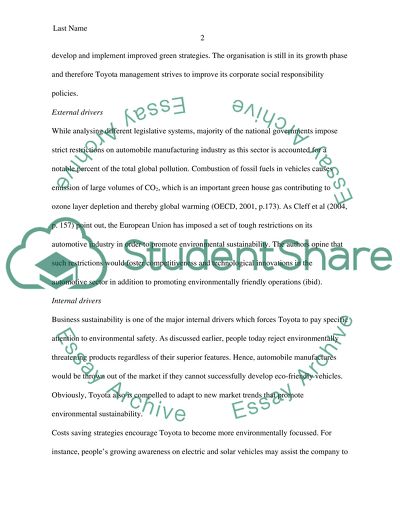Cite this document
(“Toyota Company Environmental Audit Literature review”, n.d.)
Toyota Company Environmental Audit Literature review. Retrieved from https://studentshare.org/marketing/1445759-how-ychgreenyie-is-my-firm
Toyota Company Environmental Audit Literature review. Retrieved from https://studentshare.org/marketing/1445759-how-ychgreenyie-is-my-firm
(Toyota Company Environmental Audit Literature Review)
Toyota Company Environmental Audit Literature Review. https://studentshare.org/marketing/1445759-how-ychgreenyie-is-my-firm.
Toyota Company Environmental Audit Literature Review. https://studentshare.org/marketing/1445759-how-ychgreenyie-is-my-firm.
“Toyota Company Environmental Audit Literature Review”, n.d. https://studentshare.org/marketing/1445759-how-ychgreenyie-is-my-firm.


